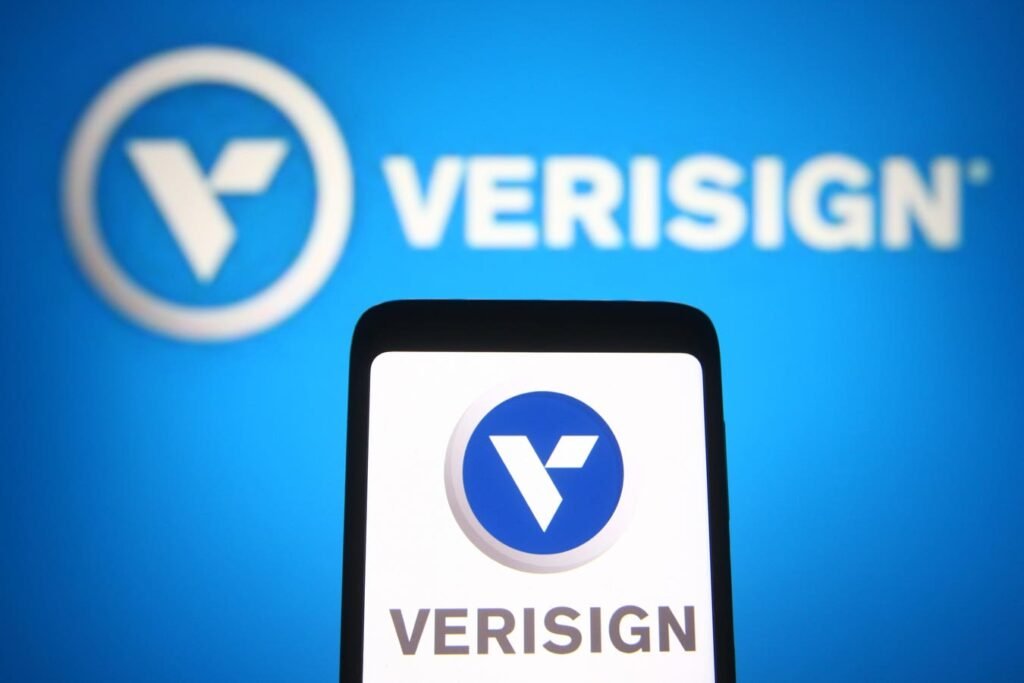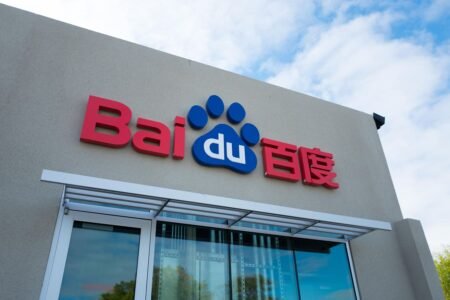VeriSign stock (NASDAQ: VRSN) has been trading at $175 per share, which is 30% below its peak level of $255 seen in December 2021. This decline in stock price can be attributed to a slight fall in its domain names base lately. The stock was trading at around $167 in late June 2022, just before the Fed started increasing rates, and is now 5% above that level. Despite this, the stock has underperformed the S&P 500, which saw gains of 45% during this period. A detailed analysis of VeriSign’s upside post-inflation shock shows that the stock will have to gain 45% to return to its pre-inflation shock level of $255, which may not happen anytime soon.
The returns for VRSN stock have not been consistent, with a 17% increase in 2021, a 19% decrease in 2022, and no growth in 2023. On the other hand, the S&P 500 saw returns of 27% in 2021, a 19% decrease in 2022, and a 24% increase in 2023. This indicates that VRSN underperformed the S&P in 2021 and 2023. The Trefis High Quality Portfolio, which consists of 30 stocks, has consistently outperformed the S&P 500 over the same period, providing better returns with less risk.
With the current uncertain macroeconomic environment characterized by high oil prices and elevated interest rates, there are concerns that VRSN may underperform the S&P over the next 12 months. From a valuation perspective, it is believed that VRSN stock is appropriately priced, with little room for growth. The ongoing inflation shock in 2022 has had a significant impact on the market, with inflation rates peaking at 9% in June 2022 – the highest level in 40 years. The Fed has been aggressive in hiking interest rates to combat inflation, leading to market fluctuations.
Looking back at the 2007-08 financial crisis, VRSN stock declined significantly during that time, losing nearly 43% of its pre-crisis value before recovering post-crisis. VeriSign’s fundamentals have been strong in recent years, with revenues rising from $1.3 billion in 2020 to $1.5 billion in 2023. The company has benefited from an increased demand for domain names as more businesses expand their online presence. VeriSign has also maintained a stable operating margin above 65% and reported a 12% increase in bottom line in 2023.
VeriSign has a solid cash position, with total debt around $1.8 billion and total cash decreasing from $1.2 billion to $0.9 billion over recent years. The company generated $0.9 billion in cash flows from operations in 2023, indicating that it is in a comfortable position to meet its near-term obligations. While the company is in a good financial position, it is believed that VRSN stock is now fully valued with limited upside. Any further slowdown in the growth rate of domain names remains a key risk factor for VeriSign’s stock moving forward.











